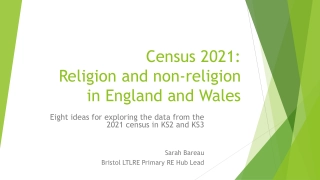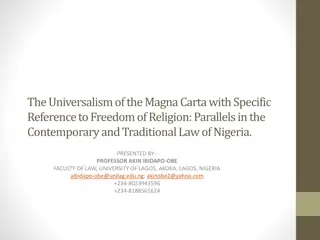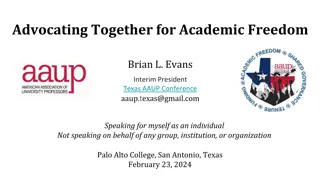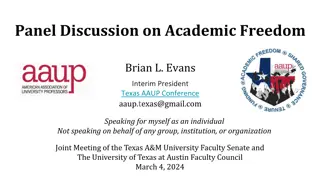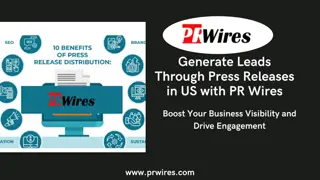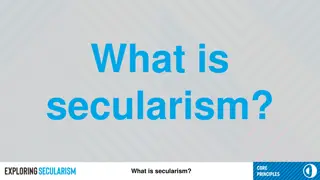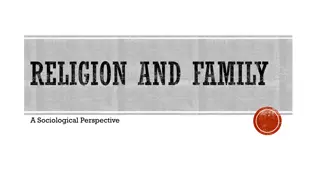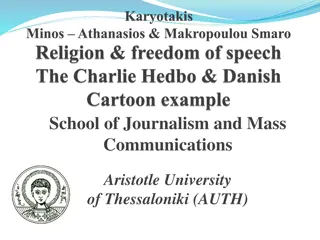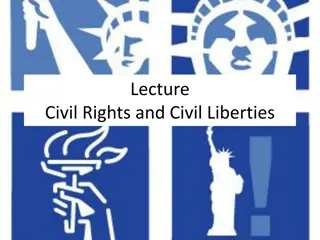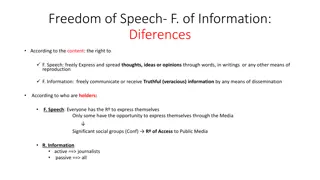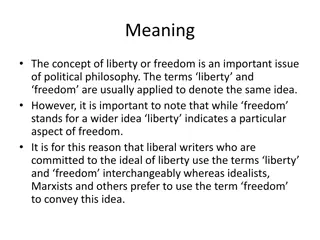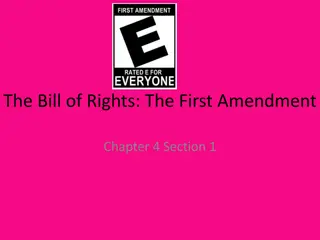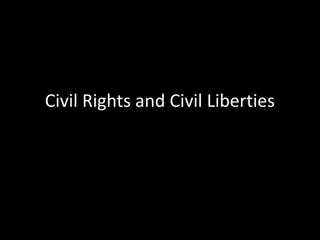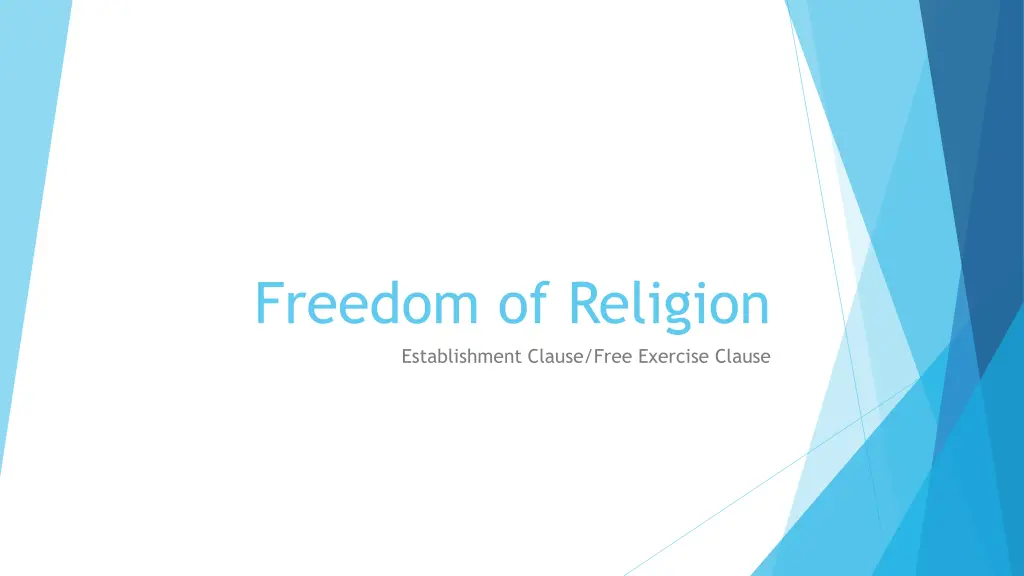
Understanding Freedom of Religion and Free Exercise Clauses in the US
Explore the key concepts of the Establishment Clause and Free Exercise Clause in the context of religious freedom in the United States. Discover landmark rulings, the Lemon test, and the distinction between belief and practice. Delve into cases involving religious practices, freedom of press, and constitutional safeguards.
Download Presentation

Please find below an Image/Link to download the presentation.
The content on the website is provided AS IS for your information and personal use only. It may not be sold, licensed, or shared on other websites without obtaining consent from the author. If you encounter any issues during the download, it is possible that the publisher has removed the file from their server.
You are allowed to download the files provided on this website for personal or commercial use, subject to the condition that they are used lawfully. All files are the property of their respective owners.
The content on the website is provided AS IS for your information and personal use only. It may not be sold, licensed, or shared on other websites without obtaining consent from the author.
E N D
Presentation Transcript
Freedom of Religion Establishment Clause/Free Exercise Clause
Establishment clause Nationalizing influence of Amendment 14 (Gitlow v. New York) Basic meaning of establishment clause: government may not establish an official religion "Accommodationist view": Government should bend a bit and allow a certain degree of church/state blending, e.g., allowing nativity scenes on city property, allowing a non-denominational prayer in public schools. Stresses freedom OF religion. "Separationist view:" Government should allow virtually no blending of church and state. There should be a "wall of separation" (Jefferson) between the two. Stresses freedom FROM religion.
Key Rulings 1. Engle v. Vitale, 1962: no state-sponsored, recited prayer in public school. 2. Wisconsin v. Yoder, 1972: Requiring Amish students to attend school past the 8thgrade violates the free exercise clause. Lemon v. Kurtzman (1971): It established a 3-part test (the Lemon test) to determine if a statute or practice violates the establishment clause: 1. Nonsecular (religious) purpose. 2. Advances or inhibits religion. 3. Excessive entanglement with government. (If any of these is present, the statute or practice is unconstitutional)
Free exercise clause Provides freedom of worship Nationalizing influence of Amendment 14 Distinction between belief and practice: the former is always allowed, but the latter is not always allowed. Freedom of worship is a relative, not absolute, right. Balancing test once again applies
Religious practices that have been restricted: Poligamy Amish cannot refuse to pay social security Employee can be fired for using peyote even though it is part of his religion Religious practices that have been permitted: Students cannot be forced to do the flag salute, Jehovah s Witness. Amish don t have to send their children after the 8th grade. Wisconsin v. Yoder Animal sacrifice is allowed, Santeria. Article VI of Constitution: Bans religious tests and oaths as a qualification to hold public office.
Freedom of Press Nationalizing effect of Amendment 14 New York Times v. U.S., 1971- Bolstered freedom of press, making it difficult for prior restraint, even in cases involving national security. Balancing test once again applies Gag orders may be issued by courts to ensure fair trials Shield laws: Allows the press to shield their sources, keeps from having their sources dry up Defamation: Libel/Slander, not protected by the 1st Amendment. Have to be untrue and damaging.

